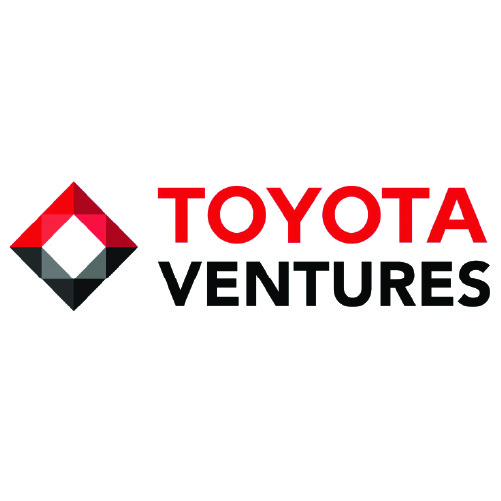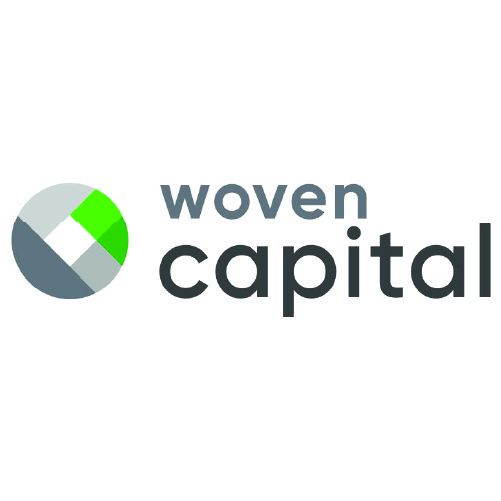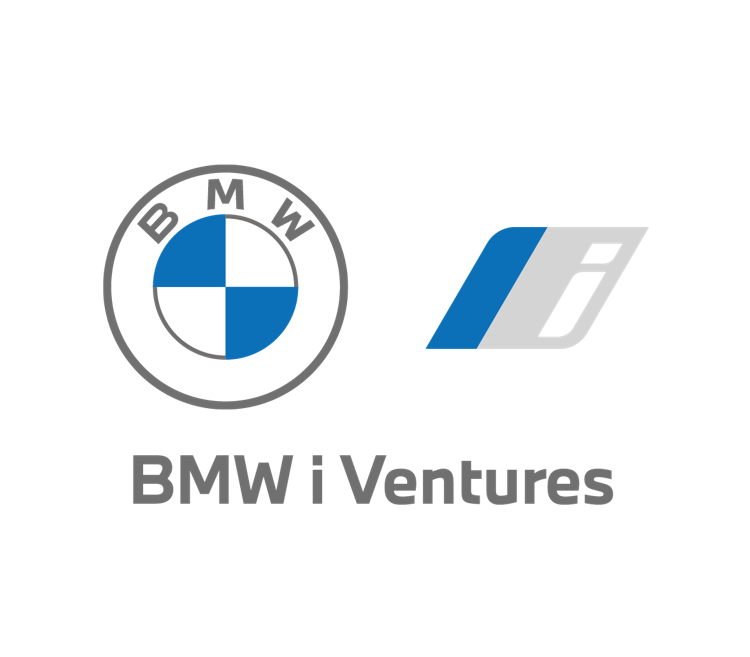The Biases of the CVC World: Facing the Investor’s Dilemma
May 9, 2024
Interviewed by Nicolas Sauvage on July 9th, 2020
Jason Miles, Managing Director of VFS Innovation Ventures, spoke in this very first episode launching our Corporate Venturing Insider Series, which is intended to share the best learnings and practices across the CVC ecosystem. Having a strong background in investment banking, Jason underscores the significance of harmonizing financial and strategic investments while maintaining a rigorous adherence to investment criteria. Alongside financial expertise, he also has an entrepreneurship background makes him more aware of the challenges confronting CVCs in decision-making and the potential biases that can skew these choices.
40% Strategic, 60% Financial
A key hurdle for CVCs lies in striking a balance between financial and strategic gains and this equilibrium challenge intertwines with timing and selection biases, which can sway these decisions.
“From a CVC perspective, the biases that exist are very stark because people talk about strategic versus financial return,” says Jason. “The balance of those two, I think, is where the sweet spot is.”
Jason stresses the intersection of challenges and biases faced by corporate venture capitalists. He accentuates the intricate balance between financial and strategic elements, the nuances of timing and selection biases, and the art of agile yet informed transactions. To work around this balance issue, VFS Innovation Ventures has developed its own formula for analyzing investments through a 40/60 rule where the company will provide 40% strategic return and 60% financial return. The balance between these two is critical because, as CVCs we need to ensure our portfolios will bring back strategy to our mothership through learnings, insights, and future business opportunities, but it is essential to see a potential financial return as well. Discernment is imperative when addressing the ‘Investors Dilemma’ and here is where that overlap sweet spot brings value for both parties- the CVC and the mothership.
Importance of Collaboration
VFS Innovation Ventures’ has developed its own unique experience in product development, and Jason acknowledges the potential advantages and drawbacks. While their insights benefit startups, they exercise caution not to intervene overly. Their collaboration policy focuses on startups that align with their core competence, excluding any influence on projects outside of their involvement with Volvo. The integral link between the CVC arm and the business groups inside the Mothership is a key factor in the success of this policy. Jason champions balanced transaction structuring that accommodates swift action while permitting comprehensive assessments.
Jason also explained the difference between Volvo Ventures and VFS Innovation Ventures, which are both subsidiaries of the Volvo Group, and how they complement each other. Volvo Ventures focuses on core vehicle technology, and VFS focuses on FinTech and service delivery, having a clear overlap of sectors, they are able to work with collaborative synergy to ensure they mutually influence and complement each other based on startup maturity stages.
“Part of our criteria is we won’t invest if there is not an existing or highly potential commercial opportunity with the startup,” claims Jason.
One of the reasons why CVCs are so beneficial to entrepreneurs is the strategic value they bring to the startups through their Mothership. Ensuring that your business groups see potential for collaboration is essential before moving forward with the investment. There is a strong necessity for enthusiasm and an in-depth understanding of the technology behind your portfolio coming from the business groups. If they’re not interested at the start, only invest if you feel you can convince them.
Biases in the CVC World
Jason highlights the amplified impact of biases on investment choices in the context of private markets’ relative illiquidity compared to public markets. CVCs must navigate these biases to determine optimal entry points for investments. He cites the case of Tesla as a prime example where timing was pivotal, and biases could have swayed potential outcomes. Another critical obstacle for CVCs is the swift yet thoughtful execution of investment decisions.
In the interview, he outlines three main biases he thinks investors should be most aware of: investment selection, FOMO or fear of missing out, and diversity.
The bias of investment selection can significantly impact investors by leading them to favor certain investment options based on personal preferences, familiarity, or anecdotal experiences rather than objective analysis. FOMO creates a sense of urgency and anxiety that an opportunity will be missed, leading investors to jump into investments without thorough research and consideration. It can cloud rational judgments and make it easier for investors to miss potential risks or red flags. Lastly, it’s important to strike a balance between diversification and focused investment strategies. The goal should be to achieve a well-balanced portfolio that addresses various risk factors without overly diluting potential returns.
“Taking risks in terms of the thoughts that are around the table and the people that are around the table, I think really enhances the ability of a CVC or VC to make the greatest investments,” says Jason. “It really allows you to look at the idea and the message and not the messenger.”
By cultivating a conscious understanding of biases, investors can foster a more balanced and informed investment strategy, leading to more successful outcomes over the long term.

 CVCs need to balance financially rewarding investments with those that offer strategic benefits to the corporation.
CVCs need to balance financially rewarding investments with those that offer strategic benefits to the corporation. 



















